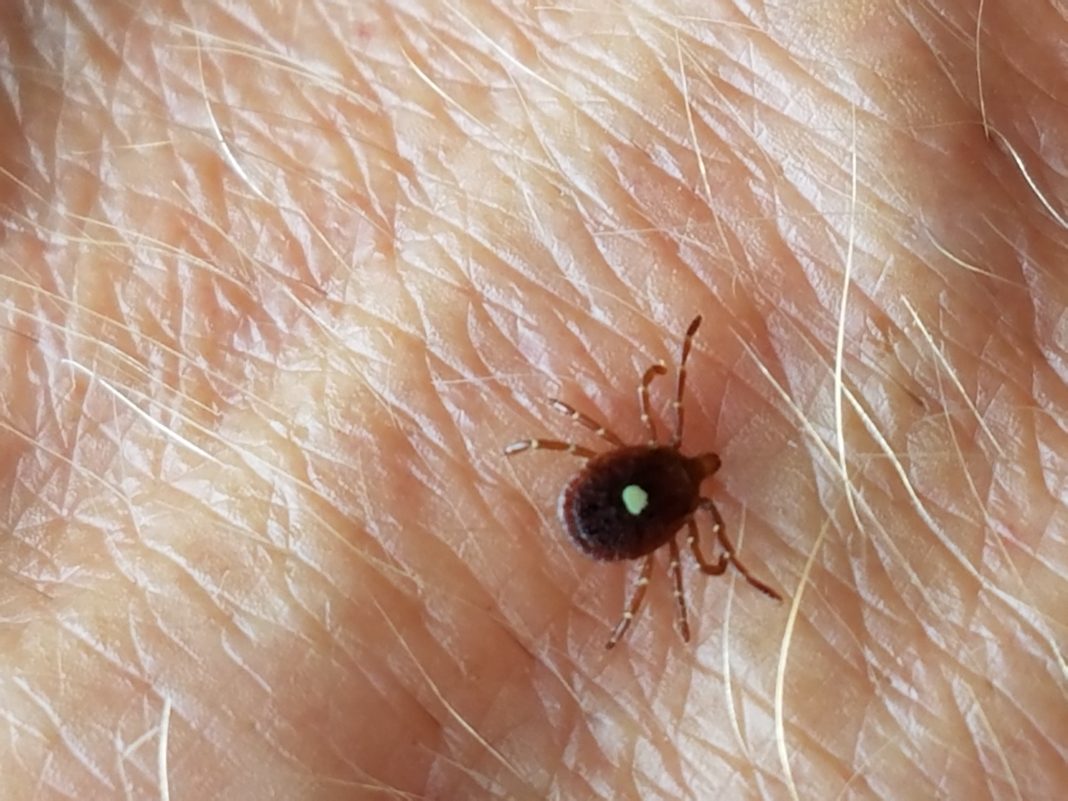Well, it is just about that time of year that ticks start showing themselves. They may even be out in your neck of the woods. If you haven’t seen a tick yet, give it time and they will be out soon enough.
Tim MacWelch with Outdoor Life has put together a tip identification guide that will help you stay healthy this year and many years to come.
Our love of the outdoors can bring us into contact will all sorts of unpleasant organisms, though few are as widespread as the tick. These vampiric arachnids can be found across the globe, and many are responsible for transmitting disease. Ticks have been documented transmitting a wide range of protozoan, bacterial, viral, and fungal pathogens to humans, pets, and livestock. And while there are roughly 80 different tick species that can be found in the continental United States (and over 800 found worldwide), there are ten species that really stand out. With tick season right around the corner in most areas, we hope this tick-identification gallery will help you limit your risk and teach you a little more about these complex and creepy creatures.

The life cycle of a tick.
CDC
The Life of a Tick
Despite our occasional suspicions that ticks only crave human blood (a frequent thought while I’m sitting up against a tree trunk during spring gobbler season), it turns out that most ticks will feed on most living animals, including birds, mammals, reptiles, and even a few amphibians. These crab-like arthropods have four life stages—egg, larvae, nymph and adult—and most ticks prefer to have a different host animal at each stage of life. Tick larvae emerge from their eggs and, depending on the species, they may or may not be disease carriers at this early stage. After spending part of their life cycle on small animals, they often acquire pathogens, some of which cause disease in humans and other animals. Once the larvae have fed for a few days (usually on the smallest animals, like birds or mice), they drop off and molt into nymphs. While both nymphs and larvae are very small, larvae only have six legs, while nymphs are larger and have eight legs (like the adults). Once the nymphs have fed for a few days, they will drop off to molt again and become adults. Adult females eagerly attack humans and larger animals in order to engorge themselves with blood. Once full, they drop off to lay an egg mass, which can contain as many as 4,000 individual eggs (this depends on the tick size and species.)



















![The Best Deer Camp Chili [VIDEO] Deer Chili Ingredients, Tomatoes, Chili Spices](/wp-content/uploads/2015/10/Deer-Chili-Deer-Camp-Recipe-218x150.jpg)
![How to Call Elk Early in the Season [VIDEO]](/wp-content/uploads/2016/08/byers003-218x150.jpg)




![Idiots Disturb Hunter: How Would You Have Handled It? [VIDEO]](/wp-content/uploads/2015/10/DSC00110-e1474487693878-100x70.jpg)
![Albino Buck Shocked to Shed His Antlers [VIDEO]](/wp-content/uploads/2015/10/AlbinoDeer-100x70.jpg)